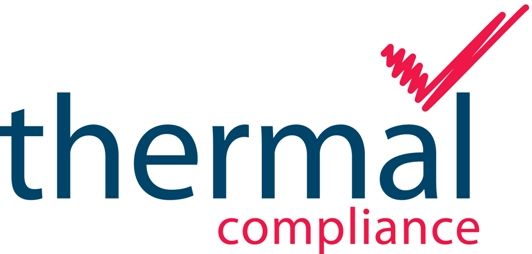What Validation Equipment Should You Use for Temperature Mapping Ultra-Low Temperature Freezers?
Choosing the right validation equipment is key to conducting an accurate and reliable temperature mapping exercise. Here are some key considerations:
By carefully selecting suitable systems, you can significantly reduce test times, increase accuracy, and minimize equipment downtime. Optimizing sensor selection allows engineers to map multiple ULT freezers at once, improving efficiency.
- Temperature Range: The sensors you choose should be capable of operating both above and below the freezer's temperature range. For a ULT freezer, this generally means covering from ambient temperature to -90°C.
- Accuracy: A minimum accuracy of ±0.5°C within the operating range is recommended to ensure precise measurements.
- Log Interval: The scan rate should be appropriate for the testing. Typically, this would range between 10 seconds to 1 minute.
- Battery Life: Ensure that wireless dataloggers have sufficient battery life for the entire testing period.
- Memory: If using wireless dataloggers, ensure there is enough memory to store all the associated data for the test duration.
By carefully selecting suitable systems, you can significantly reduce test times, increase accuracy, and minimize equipment downtime. Optimizing sensor selection allows engineers to map multiple ULT freezers at once, improving efficiency.
Can You Use Wireless Dataloggers for -80°C Freezer Temperature Mapping?
Reduce Risk and Ensure Accurate Data with Regular Calibration
Training and Validation Support
How can we help?
We offer Temperature Mapping Training or we can perform the testing for you using our calibrated equipment!
Write your awesome label here.

